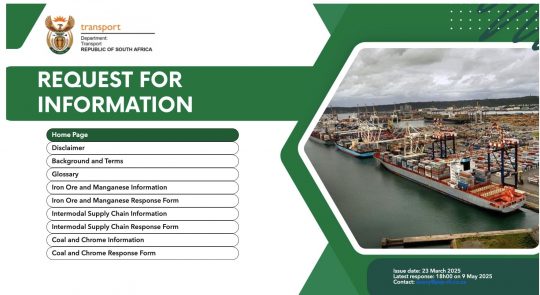This content is for Premium Subscribers only. To view this content, login below or subscribe as a Premium Subscriber.
Related News Articles
Private Sector Called to Participate in Rail and Port Sector Reform
31 March 2025
SADC, South Africa
1 min
Gautrain Expansion Set to Boost Gauteng’s Economy and Transport Network
31 March 2025
SADC, South Africa
6 min
Black Women-Led Companies Driving South Africa’s Mobility Transformation
31 March 2025
SADC, South Africa
3 min
2 min
ArcelorMittal: Update on the Long Steel Business and Cautionary Announcement
22 March 2025
SADC, South Africa
1 min
2 min
Gibb Group Appoints Vishaal Lutchman as New CEO
07 March 2025
SADC, South Africa
3 min
1 min
Rail Takes Centre Stage as Grindrod Limited Announces 2024 Financial Results
07 March 2025
SADC, South Africa
3 min
Transnet Strengthens Leadership with Key Appointments at TRIM and TE
01 March 2025
SADC, South Africa
2 min
1 min
1 min
1 min
A Digital Railway is About People
21 February 2025
SADC, South Africa
5 min
Decarbonisation 2050: What Tractive Effort Could Look Like
21 February 2025
SADC, South Africa
11 min











